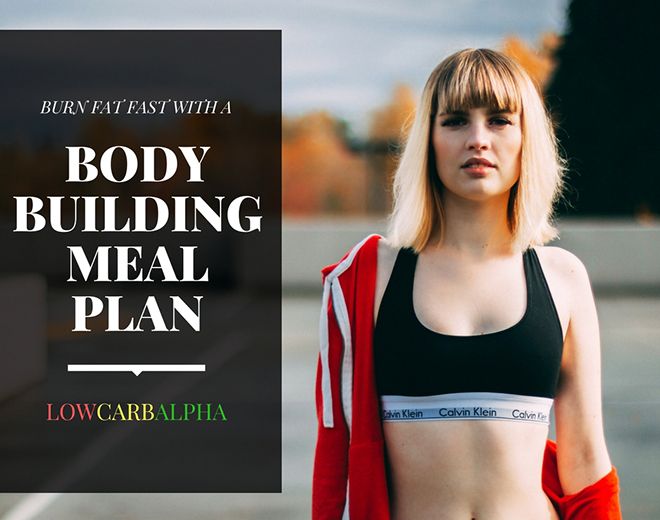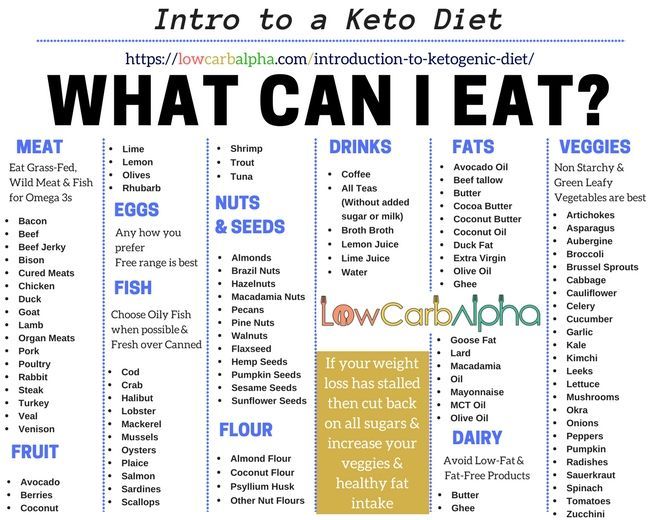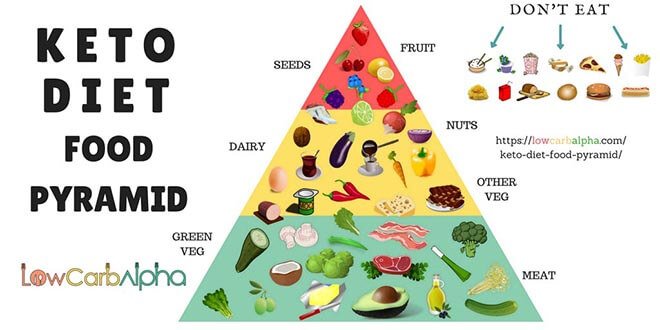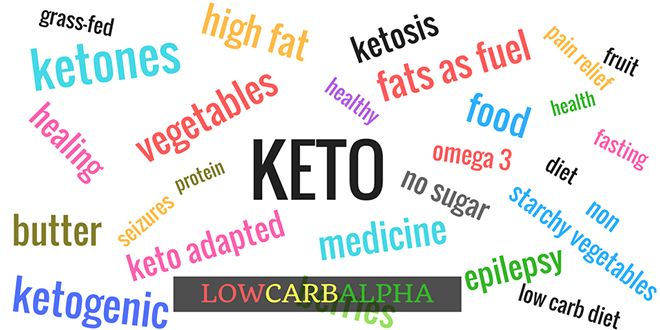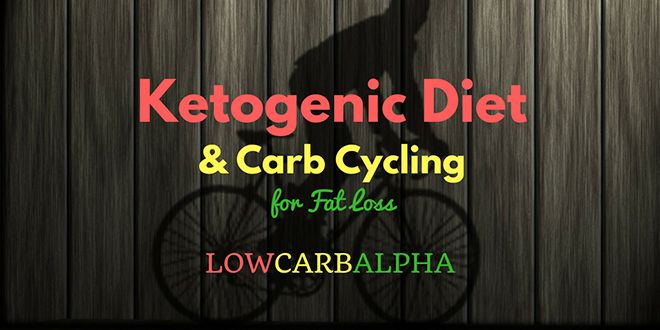If you’re one that’s new to exercise, especially weight lifting, your body will react quickly and adjust to the stress of lifting weights.
It looks to try and provide you with stronger, bigger muscles at an accelerated rate.
At a beginner level, you can expect to gain around 1 to 2 pounds per month when exercising properly and eating a healthy diet plan.
These early stages of your bodybuilding adventure are the best moments to make strength gains and build muscle mass.
To receive the best results from your bodybuilding exercise plan also involves following a structured diet plan.
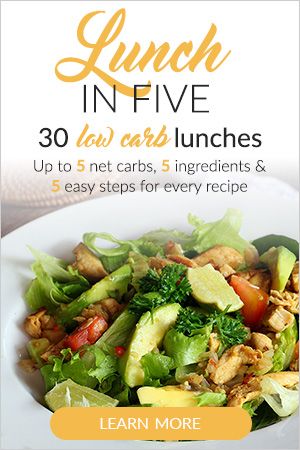
Diet Plan for Beginner Bodybuilders
When bodybuilding or weight lifting to build muscle, your focus needs to be on obtaining enough calories throughout the day to trigger muscle growth.
To build muscle, you need to aim for up to 500 calories daily surplus. Aiming for 2500-3500 extra calories per week would be sufficient for weight and muscle gain.
You should reduce your net carb intake somewhat on days you don’t exercise though since you’re less active. Aim to maintain your usual daily calorie intake what you normally eat on off days.
Each person’s metabolism is undoubtedly different. Eating 500 extra calories each day may not achieve anything if you burn all the calories by working out intensely.
Increase or decrease if you’re looking to lose weight accordingly depending on how your body responds.
Sample Meal Plan for a Bodybuilder
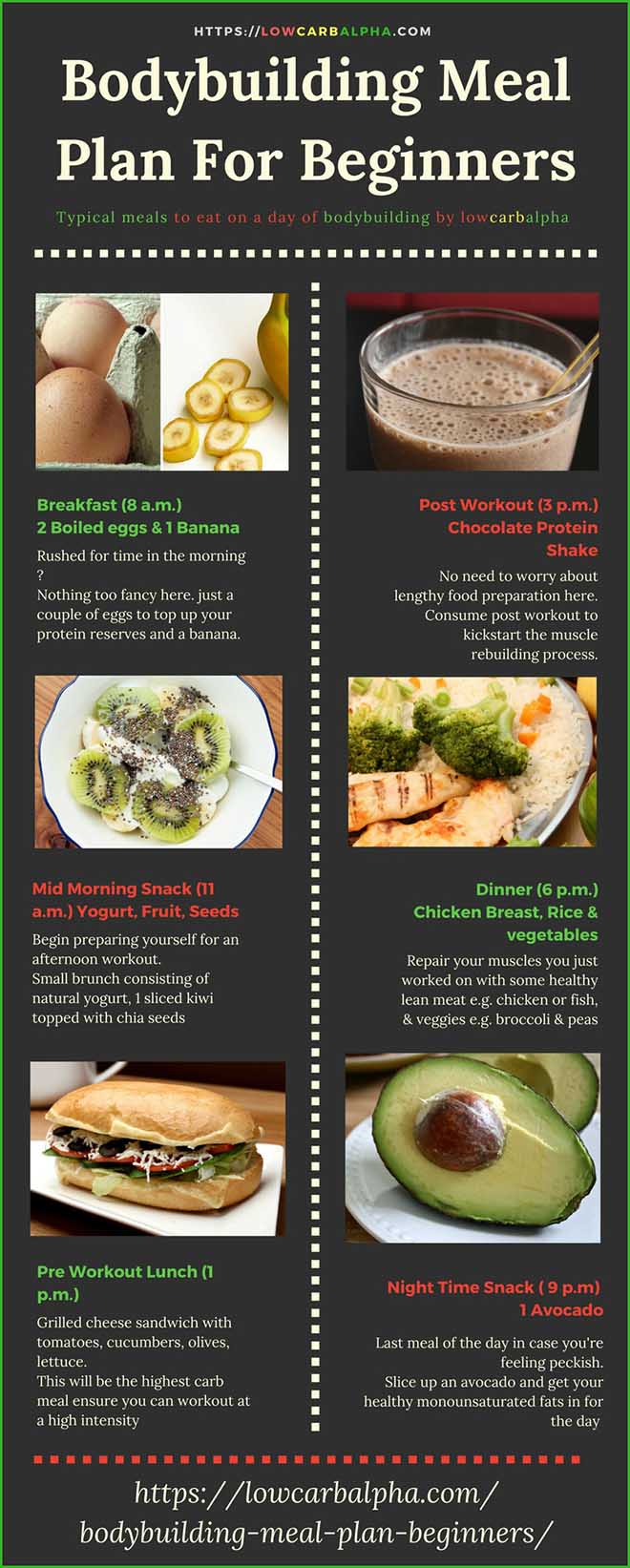
Meal 1: Breakfast (8 a.m.) 2 Boiled Eggs and 1 Banana
A lot of people are rushed for time in the morning. If that’s you, then simply boil a couple of eggs, (the night before if necessary) to top up your protein reserves and add a banana to increase calories. Take it with you to work and maybe eat it on the way.
Meal 2: Mid Morning Snack (11 a.m.) Yogurt, Fruit, Chia Seeds
Begin preparing yourself for your afternoon workout and make up for the small breakfast. You can make this in advance and store in a food storage containers until you’re ready to consume.
Brunch consisting of natural yogurt, one sliced kiwi topped with two tablespoons of chia seeds.
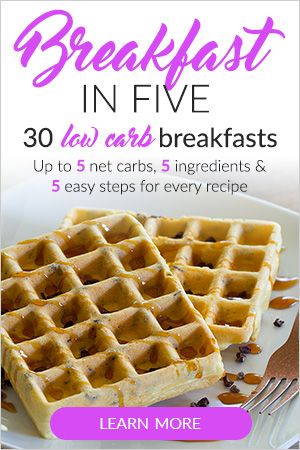
Meal 3: Pre Workout Lunch (1 p.m.) Grilled cheese sandwich with salad
We’re assuming a workout time at around 2 pm, so we’ll be needing some carbs to fuel your workout.
If you’re grabbing a sandwich, then opt for one higher in nutrients or do the best you can do.
Include salads in your sandwich whenever possible for a nutrient-dense, protein-packed healthy(ish) lunch.
Here we have a grilled cheese sandwich with tomatoes, cucumbers, olives, and lettuce.
This pre-workout meal will be our highest carb meal to ensure you can work out at a high intensity.
Meal 4: Post Workout (3 p.m.) Chocolate Protein Shake
Post-workout nutrition time. This is a great time to consume a recovery shake containing a couple of scoops protein powder for around 40-50g protein with a dash of cocoa powder.
As this is a staple gym diet plan for beginners, there is no need to worry about lengthy food preparation here. Simply mix everything fast and consume post-workout to kickstart the muscle rebuilding process.
Add a supplement or two to your gym nutrition diet plan such as creatine or glutamine to help workout recovery even further.
Meal 5: Dinner (6 p.m.) Chicken Breast, Steamed Rice and Vegetables
You could not get a more simple bodybuilding meal plan than chicken and rice.
Repair your muscles you just worked on with some healthy lean meat and veggies.
In this example, we consume chicken breast with steamed rice and broccoli. Remember, all vegetables are healthy, so eat your favorites.
All in all, it’s one of the most important meals of the day that needs be nutritionally dense.
Repair your muscles so there ready for a good workout tomorrow.
If you cook too much and end up with leftovers, then just pack it in a container and take it with you tomorrow to work. Or eat it again for your evening meal another time.
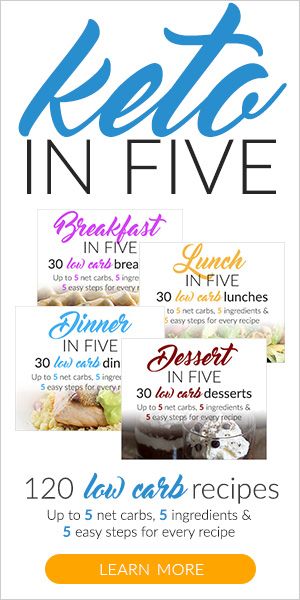
Meal 6: Night Time Snack ( 9 p.m) 1 Avocado
Last meal of the day in case you’re feeling peckish.
Slice up an avocado and get your healthy monounsaturated fats in for the day.
Fats are not the enemy, so don’t be afraid of them.
Hitting Macronutrient Targets and Recording Progress
Depending on what type of diet you’re following, the macronutrients will be different.
Around 25% protein is a good starter then remaining fat, macros should be high when following a ketogenic diet and higher carbs if on a typical standard diet.
Remember, it’s just a guide as everybody is different. The older you are and the longer you work out, you will learn what works and what doesn’t work for your body over time.
If, after a month of dieting, you see no difference, e.g., no weight loss or gain, you should increase or decrease your calories slightly. Around a couple hundred per day, then recheck results.
Maybe consider a dieting lifestyle change such as switching to a low carb or keto diet for fat loss.

Be careful as looks can be deceiving, using bathroom scales is great as a guide but can be misleading.
You may have gained weight, increased muscle mass, and lost fat, which is exactly what you’re looking to achieve.
Therefore, using bathroom scales to judge success isn’t the best way.
The above is just a guide for a bodybuilding meal plan example for beginners.
Discovering what works best for you is about experimenting with different methods.
Record your progress in a journal, track your sets and reps, and aim to lift more in every workout to increase muscle and weight gain.

